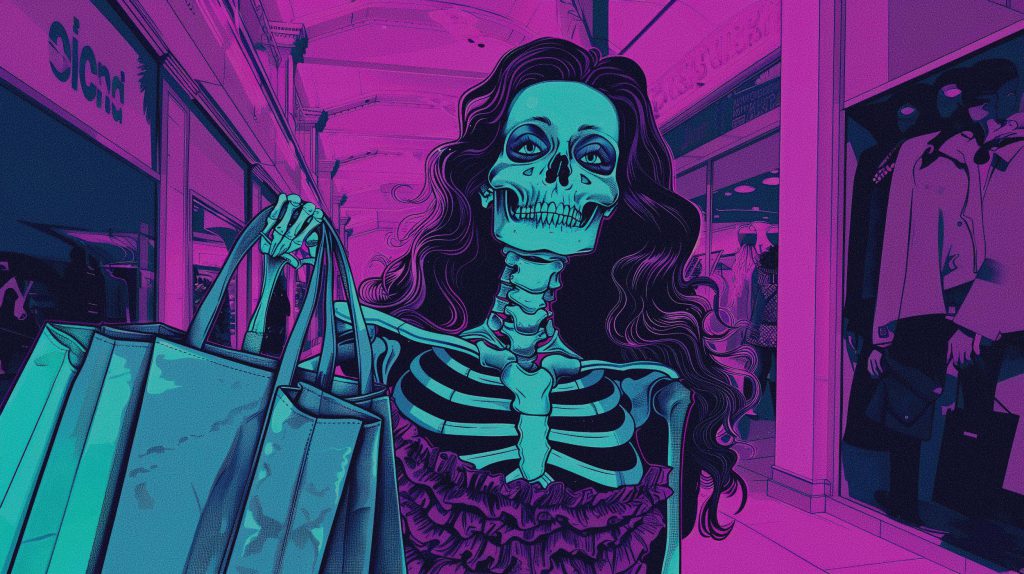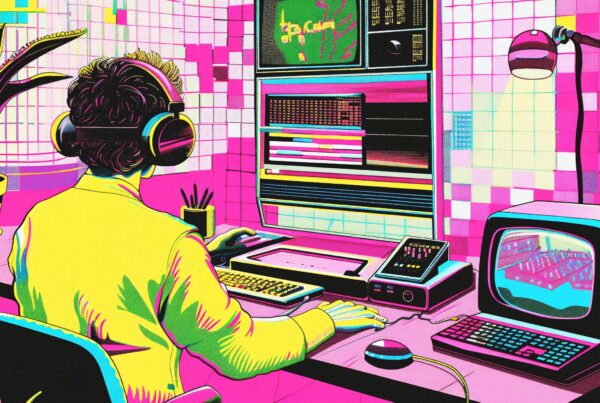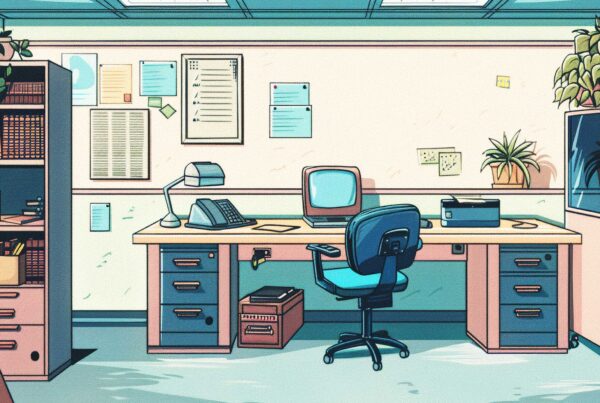In the world of marketing and branding, creative services are often treated like a science—plug in a brief, add a timeline, and expect a masterpiece. But the reality is far more nuanced. Creative work isn’t math, it’s art. And just like art, it’s subjective. If you’ve ever had a haircut you hated (even though the stylist followed your instructions to the letter), you know exactly what I mean. Comparing creative services to hairstyling might seem flippant, but it’s actually a useful metaphor. Both rely on skill, taste, and interpretation—and both can go wildly wrong even when the credentials look perfect on paper.
Creative Services and Hairstyling: A Subjective Art
Creative services—be it design, branding, copywriting, or digital marketing—are inherently subjective. There’s no universal “right” answer when it comes to what makes a logo effective or a campaign visually appealing. What resonates with one person might fall flat with another. Similarly, a haircut that turns heads in Brooklyn might get side-eyes in Boise. Both fields require a deep understanding of personal taste, context, and nuance—something that can’t be taught in a textbook or measured by a standardized test.
Like hairstyling, creative work is a blend of technical skill and intuitive artistry. A hairstylist needs to know how to cut layers, but they also need to understand face shape, hair texture, and personal style. A designer needs to know how to use Adobe Creative Suite, but they also need to grasp brand tone, audience psychology, and visual storytelling. You can’t fake that kind of instinct. It’s cultivated over time, through experience, failure, and an eye for what works.
And let’s not forget: people have strong opinions about both their hair and their brand. Misalignments in taste or expectations can lead to frustration, no matter how qualified the professional is. That’s why setting clear expectations and establishing a shared visual language is so critical. Just like you wouldn’t sit down in a stylist’s chair and say “Just do whatever,” you shouldn’t hand a creative brief to a designer and hope for magic without guidance.
Why Qualifications Don’t Guarantee Creative Skill
Let’s be brutally honest: a degree in graphic design or marketing is not a golden ticket to creative excellence. It might get someone in the door, but it doesn’t guarantee they can deliver work that connects or converts. Creativity is not a linear output of education. It’s a messy, iterative process that requires empathy, intuition, and a finely tuned aesthetic radar. Some of the best creatives I’ve worked with had zero formal education in their field—and some of the worst had master’s degrees.
The problem is that hiring managers and clients often lean too heavily on credentials as a proxy for talent. It’s understandable—degrees are tangible, portfolios are subjective. But in creative industries, the work should always speak louder than the resume. You wouldn’t trust someone with a cosmetology license alone to give you a great haircut—you’d look at their past work, read reviews, and maybe even ask for a consultation. So why treat creative vendors any differently?
There are bad barbers, just like there are bad designers, photographers, and copywriters. A license proves you can operate scissors safely; it doesn’t prove you have taste. In the same way, a diploma proves you passed your courses—it doesn’t prove you can make a brand sing. The only real measure of creative compatibility is the work itself. And that brings us to the most important part of the equation: communication and alignment.
Aligning with Creative Vendors Through Visual Cues
The best way to ensure a successful creative collaboration is to show, not just tell. Words like “bold,” “clean,” or “elegant” are open to interpretation. Your idea of “modern” might be minimalism; someone else’s might be a riot of color and movement. That’s why visual references are so powerful. Start building a curated library of ads, logos, websites, packaging—anything that speaks to your aesthetic sensibilities. This becomes your creative north star.
When you share these references with your creative vendors, you’re giving them a window into your visual taste and brand personality. It shortens the learning curve and reduces the number of frustrating iterations. It’s not about copying other work—it’s about aligning on tone, mood, and direction. Think of it as showing your stylist a photo of the haircut you want. It doesn’t guarantee perfection, but it gets you a lot closer than vague descriptors ever will.
And don’t just rely on what you like—also include examples of what you don’t. This is just as important. Creative people thrive on constraints, and knowing what to avoid can be more illuminating than knowing what to emulate. The more you can articulate your visual language through real-world examples, the more likely you are to get work that feels “just right.” Because at the end of the day, creative success isn’t about credentials—it’s about chemistry.
Creative services, like hairstyling, are personal, interpretive, and deeply subjective. You can’t credential your way to brilliance, and you can’t assume alignment without communication. The smartest clients are the ones who invest in the relationship—not just the deliverables. They know that creative magic happens when vision, taste, and trust intersect. So the next time you’re gearing up for a new campaign or brand refresh, remember: don’t just hire talent, cultivate it. And bring your visual references—your creative haircut depends on it.































